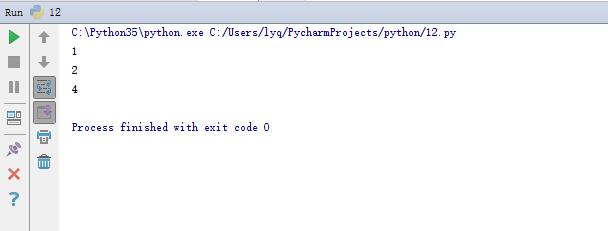filter()
Posted TianTianLi
tags:
篇首语:本文由小常识网(cha138.com)小编为大家整理,主要介绍了filter()相关的知识,希望对你有一定的参考价值。
Python内建的filter()函数用于过滤序列。
和map()类似,filter()也接收一个函数和一个序列。和map()不同的时,filter()把传入的函数依次作用于每个元素,然后根据返回值是True还是False决定保留还是丢弃该元素。
例如,在一个list中,删掉偶数,只保留奇数,可以这么写:
def is_odd(n):
return n % 2 == 1
filter(is_odd, [1, 2, 4, 5, 6, 9, 10, 15])
# 结果: [1, 5, 9, 15]
把一个序列中的空字符串删掉,可以这么写:
def not_empty(s):
return s and s.strip()
filter(not_empty, [\'A\', \'\', \'B\', None, \'C\', \' \'])
# 结果: [\'A\', \'B\', \'C\']
可见用filter()这个高阶函数,关键在于正确实现一个“筛选”函数。
def f1(a):
if a == 3:
pass
else:
return a*a
li = [1,2,3,4]
for i in filter(f1,li):
print(i)

以上是关于filter()的主要内容,如果未能解决你的问题,请参考以下文章